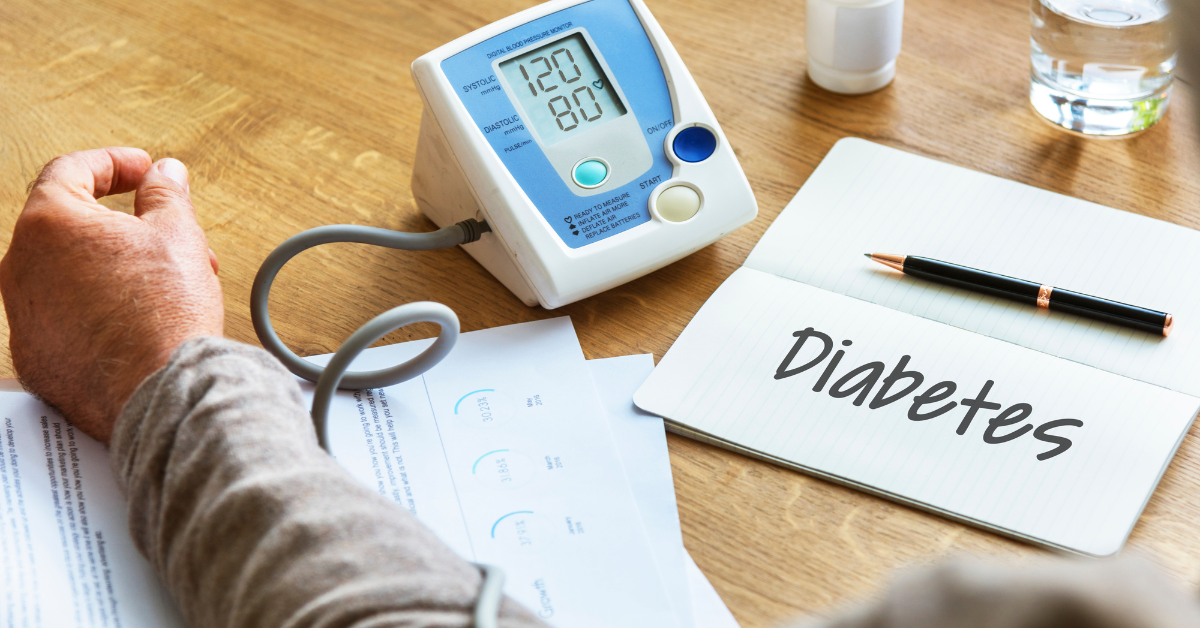Shopping cart
Recent Posts
Subscribe
Sign up to get update news about us. Don't be hasitate your email is safe.
Shopping cart
Recent Posts
Subscribe
Sign up to get update news about us. Don't be hasitate your email is safe.
Sign up to get update news about us. Don't be hasitate your email is safe.
Sign up to get update news about us. Don't be hasitate your email is safe.

Diabetes is one of the most common chronic health conditions affecting millions of people worldwide. It is a metabolic disorder that impacts how the body uses glucose (sugar), an essential energy source for your cells. When blood sugar levels aren’t regulated properly, serious health complications can arise.
In this blog, we’ll explore what diabetes is, its causes, symptoms, available treatment options, types, and how medicine plays a vital role in management.
It’s a condition that occurs when the body either doesn’t produce enough insulin or can’t effectively use the insulin it produces. Insulin is a hormone made by the pancreas that helps sugar from the food you eat enter your cells to be used for energy. Without sufficient insulin, glucose remains in your bloodstream — leading to high blood sugar levels.
There isn’t one single cause of diabetes. The condition results from a combination of genetic, environmental, and lifestyle factors. Common causes include:
Genetics: A family history increases your risk
Obesity: Being overweight is a major factor, especially for type 2
Inactivity: Lack of physical activity can reduce insulin sensitivity
Unhealthy Diet: High intake of sugar, refined carbs, and saturated fats may lead to insulin resistance
Hormonal Changes: Pregnancy or other hormonal disorders can also contribute

Recognizing diabetes symptoms early is crucial for timely diagnosis and effective management. Some of the most common signs and symptoms include:
If you experience any of the above symptoms, consult a doctor immediately to undergo necessary blood sugar tests.
Type 1
An autoimmune condition where the body attacks insulin-producing cells in the pancreas. It’s usually diagnosed in children and young adults. People with type 1 need daily insulin injections for survival.
Type 2
The most common form. It occurs when your body becomes resistant to insulin or doesn’t produce enough. Often linked to obesity and poor lifestyle habits, it can often be managed with lifestyle changes and diabetes medicine.
Gestational
Occurs during pregnancy and usually disappears after childbirth. However, it increases the mother’s risk of developing type 2 diabetes later in life.
Prediabetes
A condition where blood sugar levels are higher than normal but not yet high enough to be diagnosed as type 2 diabetes. It serves as a warning sign and can often be reversed with healthy changes.

It’s treatment focuses on managing blood sugar levels to prevent complications. Here are the main approaches:
Lifestyle Changes
Healthy Diet: Focus on fiber-rich, low-sugar foods and avoid processed items
Regular Exercise: Aim for at least 30 minutes of physical activity most days of the week
Weight Loss: Losing just 5–10% of your body weight can make a big difference
Diabetes Medicine
Oral Medications: Such as Metformin, help reduce blood sugar levels, especially in type 2 diabetes
Insulin Therapy: Essential for type 1 diabetes and sometimes required in type 2 if oral medicines are ineffective
GLP-1 Receptor Agonists and SGLT2 Inhibitors: Newer classes of medicine that help control blood sugar and reduce heart-related risks
Monitoring
Blood Sugar Testing: Regular monitoring helps adjust medications and diet
HbA1c Tests: Reflects average blood sugar over the past 2–3 months
Living with Diabetes
Living with diabetes requires daily attention and commitment. However, many people live long and healthy lives by managing the condition properly. Educate yourself, stick to your treatment plan, and don’t hesitate to seek support from healthcare professionals or support groups.
Diabetes is a manageable condition when caught early and treated properly. Recognizing the symptoms, choosing the right treatment, and sticking to a consistent routine involving medication, diet, and exercise are key to achieving a better quality of life.
If you or someone you know is showing signs of symptoms, don’t delay in seeking medical attention. Early diagnosis and proper care can help prevent serious health complications.
For more health-related blogs and tips, follow us and stay informed!
Air India Plane Crash Deep conditioning hair mask India Plane Crash Kerala Nipah Virus Kerala Nipah Virus 2025 Kerala Nipah Virus news Kerala Nipah Virus outbreak Nipah Virus cases in Kerala Nipah Virus infection Kerala Nipah Virus latest update Kerala\ Nipah Virus safety precautions Nipah Virus symptoms Nipah Virus treatment Kerala PM Modi
Copyright 2025 The Blog Release. All Rights Reserved.